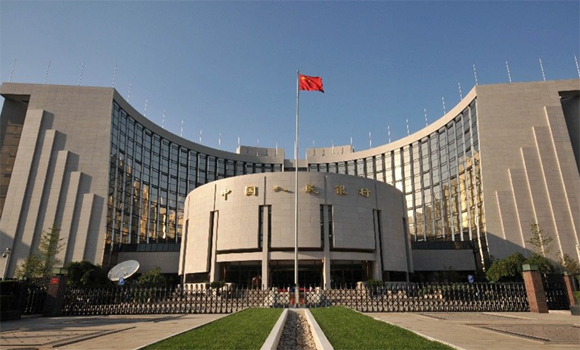Rate cut by Chinese central bank neccessary
 0 Comment(s)
0 Comment(s) Print
Print E-mail Xinhua, March 4, 2015
E-mail Xinhua, March 4, 2015
The People's Bank of China (PBoC) last Saturday announced to lower benchmark interest rate for the second time, as well as to raise the ceiling that determines the maximum rate that bank can offer to 1.3 times the benchmark.
|
|
|
The People's Bank of China (PBOC),?China's central bank. [File photo] |
The decision heated the debate on the Chinese central bank's policy stance here. And analysts believe that the decision is set to benefit the indebted companies in China.
Andre de Silva, Head of Asia-Pacific Rates Research at HSBC, commented: "The need to ease is obvious. According to the PBoC's data, the average financing cost for companies fell by only 14 basis points (bp) during the last quarter of 2014 and the drop was as limited as 9bp for small- and micro-sized corporates."
And "recent money market conditions still paint a tough financing picture. The 7-day interbank repo rate reached 4.99 percent as of Feb. 28th, way above the past year average of 3.60 percent," said Silva in an analysis paper.
He added that China's inflation has fallen from 2.5 percent year-on-year in January 2014 to just 0.8 percent in January 2015. Given the slowdown in domestic demand, there is scope for inflation to fall further.
"More easing, beyond the latest lending rate cut, has to be carried out to bring about a material fall in cost of financing within the system," he said.
HSBC Economics team expects one more lending rate cut and one more reserve requirement ratio reduction in the second quarter of this year.
Mark Williams, Chief Asia Economist at Capital Economics, said in an analysis piece that the direct impact of the PBOC rate cut will be to lower financing costs for bank borrowers, which are disproportionately larger and state-owned firms.
But he stressed that the decision is unlikely to result in much looser monetary conditions.
"The PBOC has said that the rate cut does not signal a shift in policy away from their neutral policy stance. That may sound contradictory but unlike most countries, benchmark rates and liquidity conditions in China are set independently," he said.
Williams noted that though the China's loan growth has been allowed to strengthen in recent months, this pick-up has been offset by a tightening of restrictions on shadow banking. Overall credit or the so-called "total social financing" has continued to slow.
"But the ongoing, moderate slowdown in GDP growth should not be a great concern since both wage growth and employment remain strong. We are forecasting one more cut to benchmark rates before the middle of the year but nonetheless expect credit to continue to slow," he said.
In regards to the decision on raising the ceiling, Williams said the PBOC is encouraging more market-based deposit pricing by banks, a key step towards interest rate liberalization.






